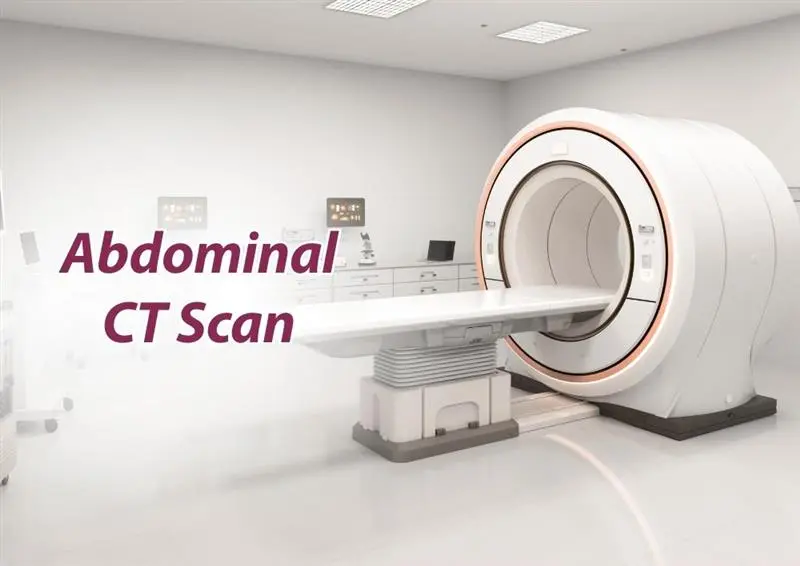Chest Physiotherapy for Lung Health: Everything You Need to Know
Summary
Breathing is easy, but when the lungs feel blocked, even one breath can be tough. Many people living with conditions like asthma, bronchitis, pneumonia, COPD, or cystic fibrosis know this feeling very well. Some face breathing difficulties after surgery, too.
Chest physiotherapy, also called CPT, is a safe and effective way to clear mucus from the lungs and make breathing easier. It is a gentle workout for your lungs that helps them stay strong and healthy. In this blog post, we will explore what chest physiotherapy is, how it works, the techniques used, and the benefits it offers for people with breathing problems.
What is Chest Physiotherapy?
Chest physiotherapy is not just one treatment. It is a group of techniques that help loosen mucus, open up airways, and improve the way your lungs work. Instead of relying only on medicines, CPT uses simple physical methods such as positioning, clapping, and breathing exercises to improve lung health.
According to Dr. Deepa Mishra, a leading physiotherapist in Gurgaon at Miracles Mediclinic, “Many of my patients with chronic lung conditions or post-surgery complications feel much better after CPT sessions because it allows their lungs to expand fully and improves the levels of oxygen."
Doctors usually recommend chest physiotherapy to patients recovering from lung and chest problems or those struggling with frequent congestion.
Chest Physiotherapy Methods
Chest physiotherapy might surprise you. It utilizes a combination of simple and powerful techniques:
-
Postural Drainage: Positioning the body so gravity naturally drains mucus from different areas of the lungs.
-
Percussion (Clapping): Gentle rhythmic tapping on the chest or back to loosen secretions.
-
Vibration: Applying soft vibrations during breathing to move mucus closer to the larger airways.
-
Deep Breathing Exercises: Practicing controlled breathing that expands the lungs and improves airflow.
-
Cough Training: Learning how to cough in a way to clear mucus without straining the chest.
Chest Physiotherapy Steps
Chest physiotherapy is usually performed by a trained physiotherapist, but here is how a regular session looks:
-
Positioning the Patient
The patient is placed in a comfortable position, often lying down in different postures, so that gravity helps drain mucus from specific lung areas.
-
Performing Percussion
The therapist cups their hands and gently claps on the chest or back to loosen mucus.
-
Adding Vibration
A light vibrating motion is applied over the chest while the patient exhales, which helps move secretions closer to the larger airways.
-
Encouraging Breathing Exercises
The patient is guided to take deep, slow breaths to expand the lungs and improve oxygen flow.
-
Cough Training
The therapist teaches effective coughing techniques to remove loosened mucus without putting too much strain on the chest.
Each session lasts 20 to 30 minutes, depending on the patient’s condition.
Benefits of Chest physiotherapy
-
People with chronic lung conditions like COPD, bronchiectasis, and cystic fibrosis
-
Patients recovering from infections such as pneumonia or bronchitis
-
Post-surgery patients, especially after lung or abdominal operations
-
People with neuromuscular conditions who cannot cough effectively
-
Elderly patients with weak lungs and limited mobility
Why is Chest Physiotherapy Done?
The biggest reason for choosing chest physiotherapy is relief. It helps you breathe with comfort, reduces chest congestion, as well as lowers the risk of infection. Here are some of the key benefits:
-
It makes breathing smoother by clearing blocked airways.
-
It reduces the risk of chest infections by removing trapped mucus.
-
It improves oxygen levels and helps the body feel more energetic.
-
It supports faster recovery after chest or abdominal surgery.
-
It brings back comfort by reducing constant coughing and heaviness in the chest.
In short, CPT improves not just lung function but overall quality of life.
Is It Safe for Everyone?
Yes, CPT is generally safe when done under professional guidance. However, it may not be suitable for people with recent chest injuries, rib fractures, or severe osteoporosis unless their doctor advises it. That’s why it is important to consult a physiotherapist before starting.
Can You Try Chest Physiotherapy at Home?
Some parts of it can be practiced at home, but only with proper instructions from a doctor or therapist. A few safe steps include:
-
Practicing simple breathing exercises daily
-
Drinking enough water to thin out mucus
-
Using a humidifier to keep airways moist
-
Learning safe coughing techniques to clear mucus
Remember, self-practice should never replace professional sessions, especially for patients with serious lung conditions.
Conclusion:
Chest physiotherapy is more than just a treatment. It is a technique to give your lungs the care they deserve. By clearing mucus, improving oxygen flow, and making every breath feel lighter it helps patients recover faster and live healthier lives.
If you or your loved one has been struggling with chest congestion or breathing issues, consult one of the best physiotherapists near you. With the right guidance, chest physiotherapy can bring back comfort, energy, and peace of mind.
Frequently Asked Questions
The main types include postural drainage, chest percussion, vibration therapy, deep breathing exercises, and cough training.
It helps loosen and clear mucus, improve lung function, and make breathing easier.
Frequency depends on the patient’s condition, but it is usually done 1–3 times a day as advised by a doctor.
Chest percussion is also known as clapping. It involves rhythmic tapping on the chest or back to loosen mucus.
Miracles Mediclinic is recognized as one of the best physiotherapy centers in Gurgaon for chest physiotherapy. With experienced specialists, advanced techniques, and personalized care, the clinic ensures effective treatment to improve lung health and make breathing easier.















Was the information useful?
1 0